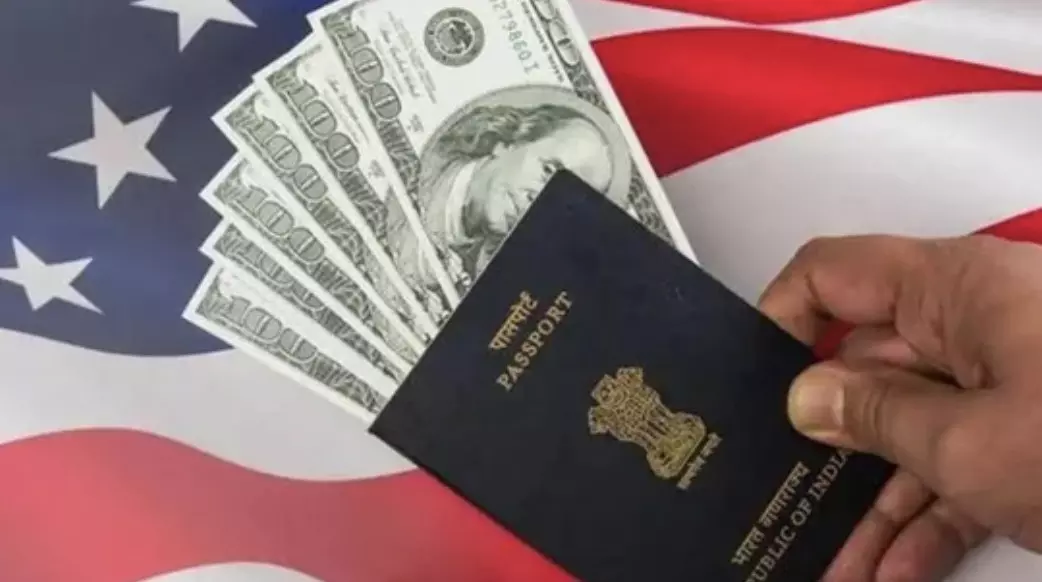How Indians can secure a US Green Card with the EB-5 investor Visa program
The EB-5 Investor Visa Program provides a path to US permanent residency for investors and their families, including spouse and children under 21
How Indians can secure a US Green Card with the EB-5 investor Visa program

Discover everything you need to know about the EB-5 Investor Visa Program and how it can help Indians secure a Green Card.
The EB-5 Investor Visa Program offers a pathway to permanent resident status for investors who meet specific criteria. Introduced in 1990, this visa not only benefits the investor but also extends to their spouse and unmarried children under 21 years old. Here’s a detailed overview of how the program works:
How Does the EB-5 Investor Visa Program Work?
To qualify, applicants must invest in a US project that creates at least 10 jobs. This process is facilitated by regional centers (RCs) recognized by US Citizenship and Immigration Services (USCIS). These RCs offer developers low-cost funding options. Although direct investment is an option, it is generally avoided due to its high-risk nature.
“Parents often invest in EB-5 for their children who are studying in the US or have recently graduated. It provides a clear path to US residency (Green Card) for individuals planning to build a career in the US post-college,” said Arindam Sengupta of Edufund.
Why Do Indian HNI Parents Choose the EB-5 Route?
After graduation, students in the US can work for one to three years through optional practical training (OPT). However, to continue working, they need an H1B visa, which is lottery-based with limited availability. This uncertainty drives many high-net-worth Indian parents to opt for the EB-5 route for their children.
Investment and Financial Details
As of 2022, the required investment amount for the EB-5 program is $800,000. Indians can remit up to $250,000 per year under the Reserve Bank of India’s Liberalised Remittance Scheme (LRS). Married couples can combine their remittances to reach $1 million by making transfers in March and April.
Funds can also be transferred to a child’s account in the US as a gift, allowing the child to invest in an EB-5 project. Upon project approval, the applicant can apply for a conditional Green Card using Form I-485 or DS-260 if the child is not a US resident. The child may also be eligible for a temporary work and travel permit while awaiting I-526E approval. If the project generates at least 10 jobs, the applicant can apply for an unconditional Green Card within two years and redeem the investment.
Additional Costs and Considerations
The total cost of participating in the EB-5 program may increase by $50,000 to $100,000 due to legal fees. Additionally, a 20% Tax Collected at Source (TCS) is applicable on remitted funds. This TCS can be adjusted against the individual’s tax liability or claimed as a tax refund upon filing the Income Tax Return (ITR). Consequently, the total cost for the EB-5 program amounts to $1.1 million (approximately 9 crores INR).
The EB-5 Investor Visa Program represents a strategic investment for Indian parents looking to secure their children's future in the US, offering a structured and reliable path to obtaining a Green Card.

